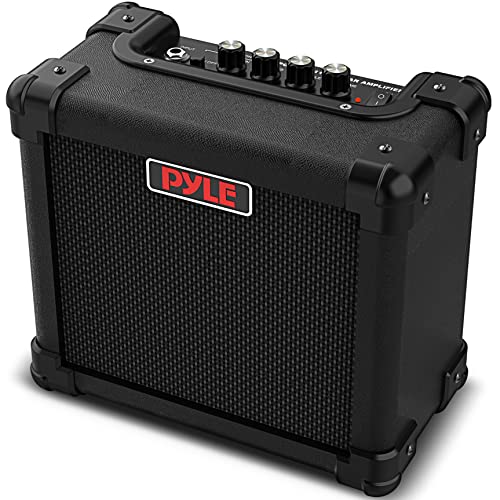I'm not sure if they're made commercially perse, but you can easily make one. I used one for a talk-box my old bassist made for me. You'll need to use a DPTP switch/button since you must switch both leads/wires as opposed to just the "hot" for a signal...
edit: now that I think about it, you could probably use a SPDT switch and treat one as a common (not grounded!) and treat the other as a "hot". I'd still say using a dpdt would be on the safe side...
edit: now that I think about it, you could probably use a SPDT switch and treat one as a common (not grounded!) and treat the other as a "hot". I'd still say using a dpdt would be on the safe side...






















